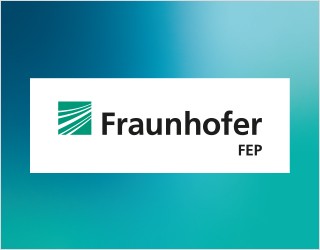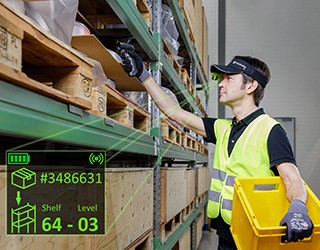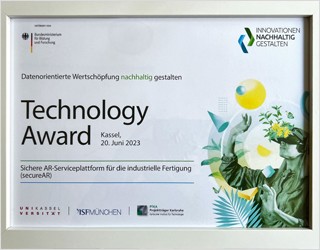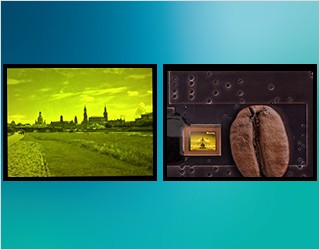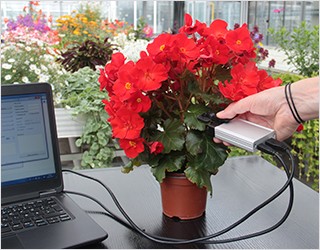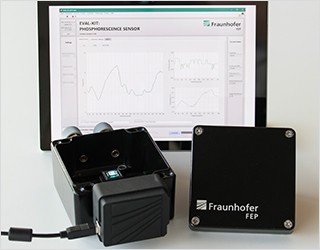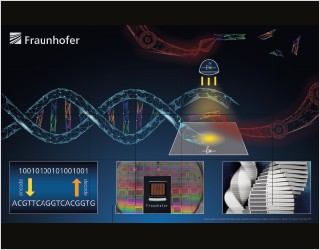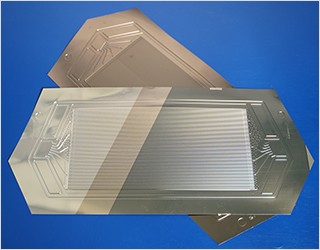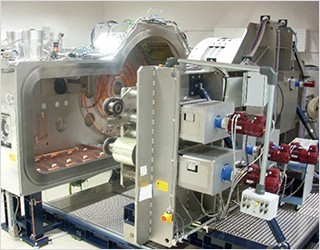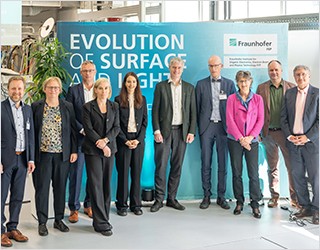
The Fraunhofer Institute for Electron Beam and Plasma Technology FEP expands its campus with the RESource-Efficient Energy Technologies (RESET) research center in Dresden. With state-of-the-art laboratory facilities for sputter epitaxy, biomedical applications and electron beam technologies, the institute aims to set new standards in research. The strategic research focus for activities in the building are the development of innovative process technologies, for example for the generation, storage and processing of hydrogen (power-to-X) and for the deposition of high-precision gallium nitride (GaN) layers on silicon wafers. The opening was attended by high-ranking guests from industry and politics.
more info Fraunhofer Institute for Organic Electronics, Electron Beam and Plasma Technology FEP
Fraunhofer Institute for Organic Electronics, Electron Beam and Plasma Technology FEP












